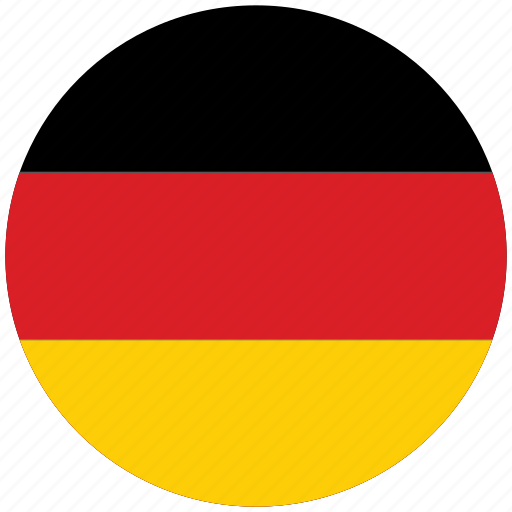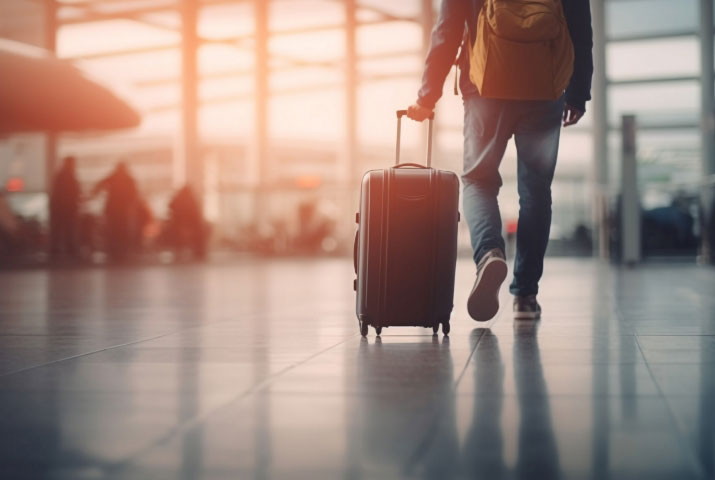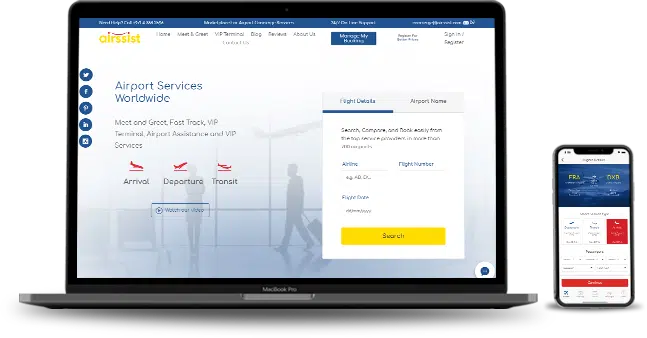Seoul Incheon International Airport Guide
ICN / RKSILocation
The airport is situated on an artificial island in the Yellow Sea, about 48 kilometers (30 miles) west of the city of Seoul, the capital and largest city of South Korea.
Passenger Traffic in Seoul Incheon International Airport ICN / RKSI
Incheon International Airport handled over 71 million passengers.The majority of Incheon's passenger traffic is international, accounting for around 85% of total passengers.
Airport Facilities at Seoul Incheon International Airport ICN / RKSI
• Two passenger terminals (Terminal 1 and Terminal 2)
• Four runways
• Extensive cargo and logistics facilities
• Automated People Mover (APM) system connecting the terminals
• Rail connections to Seoul and other parts of South Korea
• Wide range of retail, dining, and passenger amenity options
• Advanced technologies like biometric screening and enhanced baggage handling
• Maintenance hangars and other support buildings
• Dedicated facilities for private and chartered aviation
• Hotels, business centers, and other passenger services on-site
Seoul Incheon International Airport, also known as Incheon International Airport, is the main international airport serving the Seoul metropolitan area in South Korea. Located on an artificial island in the Yellow Sea, Incheon International Airport is the largest and busiest airport in South Korea, handling over 70 million passengers per year as of 2023.
Terminals :
Terminal 1: The original and largest terminal, opened in 2001. Covers an area of 496,000 square meters. Serves the majority of the airport's international passenger traffic. Features extensive retail, dining, and amenity options for passengers. Includes rail connections to Seoul and other parts of South Korea. Terminal 2: Opened in 2018 to handle growing passenger numbers. Covers an area of 310,000 square meters. Primarily serves SkyTeam alliance airlines like Korean Air and Delta. Designed with a more modern and streamlined layout compared to Terminal 1. Includes advanced technologies like biometric screening and enhanced baggage handling. Connected to Terminal 1 via an underground passenger walkway.
Airport Size :
The airport is located on an artificial island in the Yellow Sea, covering a total area of 12.48 square kilometers (4.82 square miles).
Airlines operating in Seoul Incheon International Airport ICN / RKSI
- • Aero K
- • Aeroméxico
- • Aero Mongolia
- • AirAsia
- • AirAsia X
- • Air Astana
- • Air Busan
- • Air Canada
- • Air China
- • Air France
- • Air India
- • Air Japan
- • Air Macau
- • Air New Zealand
- • Air Premia
- • Air Seoul
- • American Airlines
- • Asiana Airlines
- • Batik Air Malaysia
- • Cathay Pacific
- • China Airlines
- • China Eastern Airlines
- • China Southern Airlines
- • China United Airlines
- • Delta Air Lines
- • Eastar Jet
- • Emirates
- • Ethiopian Airlines
- • Etihad Airways
- • EVA Air
- • Finnair
- • Garuda Indonesia
- • Greater Bay Airlines
- • Hawaiian Airlines
- • HK Express
- • Hong Kong Airlines
- • Jeju Air
- • Jetstar
- • Jin Air
- • KLM
- • Korean Air
- • Lao Airlines
- • LOT Polish Airlines
- • Lufthansa
- • Malaysia Airlines
- • MIAT Mongolian Airlines
- • Myanmar Airways International
- • Peach
- • Philippine Airlines
- • Philippines AirAsia
- • Qanot Sharq
- • Qantas
- • Qatar Airways
- • Qingdao Airlines
- • Royal Brunei Airlines
- • Scoot
- • Shandong Airlines
- • Shanghai Airlines
- • Shenzhen Airlines
- • Sichuan Airlines
- • Singapore Airlines
- • Sky Angkor Airlines
- • Spring Airlines
- • SriLankan Airlines
- • Swiss International Air Lines
- • Thai AirAsia X
- • Thai Airways International
- • Tianjin Airlines
- • Tigerair Taiwan
- • Turkish Airlines
- • T'way Air
- • United Airlines
- • Uzbekistan Airways
- • VietJet Air
- • Vietnam Airlines
- • WestJet
- • XiamenAir
- • Zipair Tokyo.
 French | Français
French | Français Spanish | Espana
Spanish | Espana German | Deutch
German | Deutch Arabic | العربية
Arabic | العربية Chinese | 中文(简体)
Chinese | 中文(简体)  Japanese | 日本語
Japanese | 日本語 








